
Insects Most Diverse Class of Animals


Insects Objectives
-
List insect characteristics, including the traits that set insects apart from other arthropod invertebrates.
-
Provide examples of insects representing different Orders.
-
Describe crickets and roaches, including their classification, life cycle, and characteristics.
Insect arthropods represent an estimated 90% of animal species on Earth, although many have not yet been discovered. New species are being located on a regular basis, particularly in species-rich rainforests. Insects are classified in Sub-Phylum Hexapoda (mostly insects), Class Insecta.
From your own background knowledge, what are two characteristics of insects?
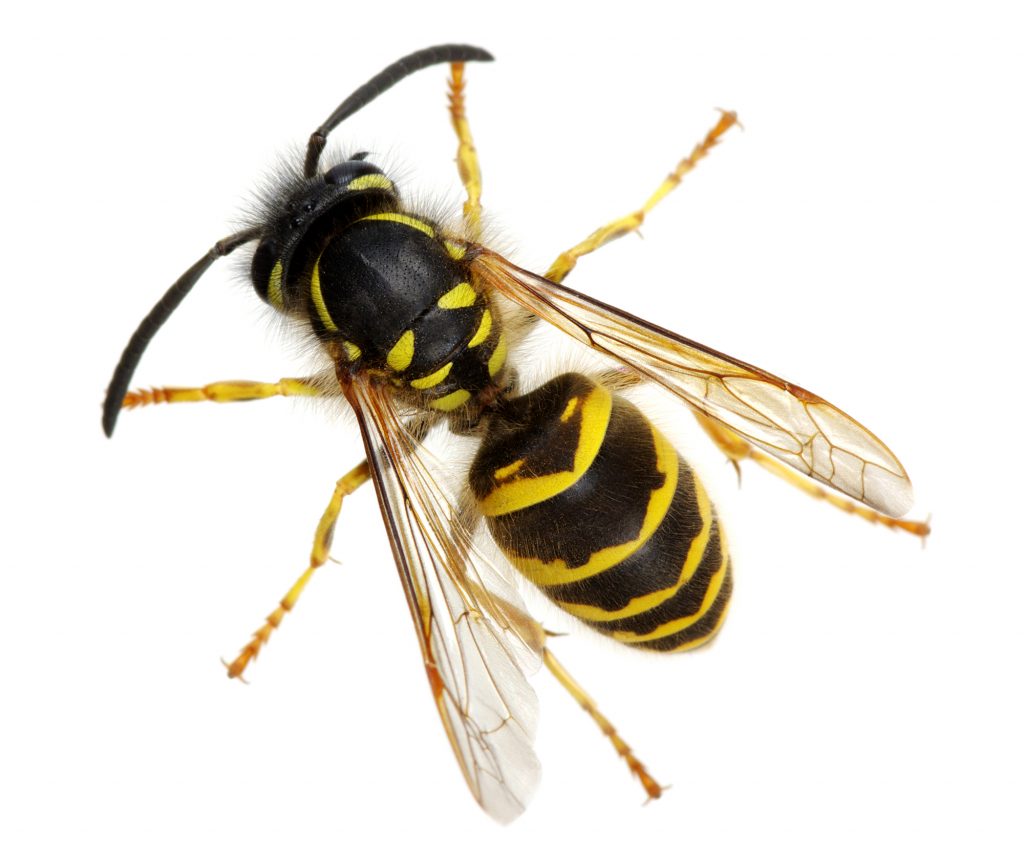
Insects have three body parts: a head, thorax (chest) and abdomen. They also have three sets of legs.
Most insects have compound eyes. Each of the smaller “eyes” has its own retina and photoreceptors. Compound eyes have a large view angle and can detect rapid movement. In some cases compound eyes can also detect polarized light that indicates the presence of food or water.
Many insect species have complex life cycles. Thos insects that undergo complete metamorphosis have egg, larval, pupal, and adult life stages. These tent caterpillars are the larval stage that emerges from fertilized eggs. These larva will pupate before emerging as flying adults.
This video provides an overview of insect orders you are likely to encounter indoors or outdoors.
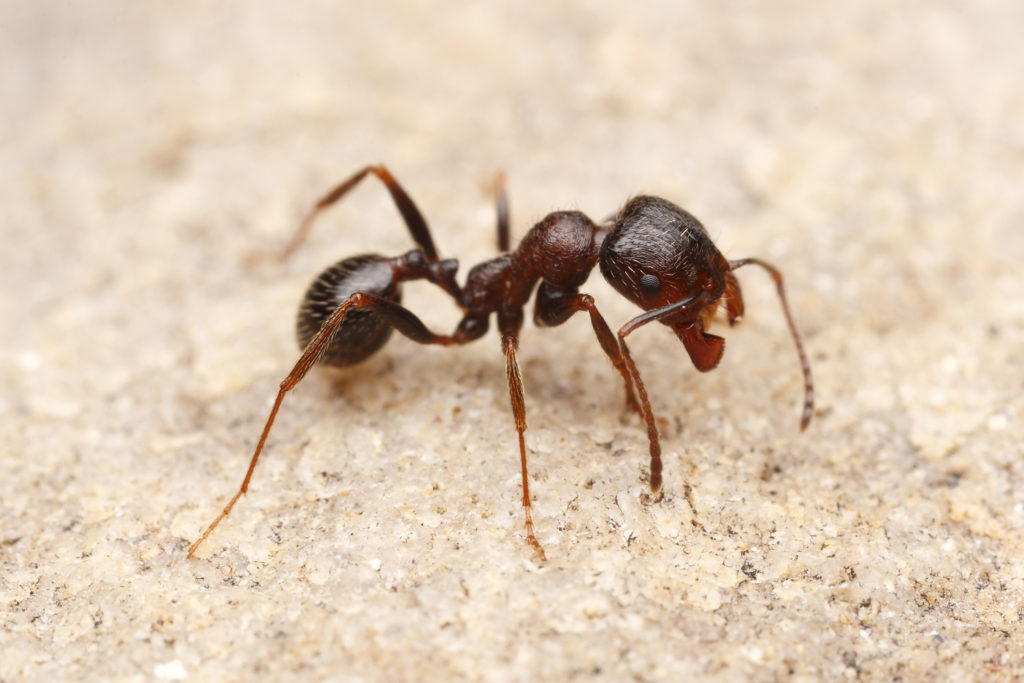
Ants, wasps, and bees are classified in Order _____.
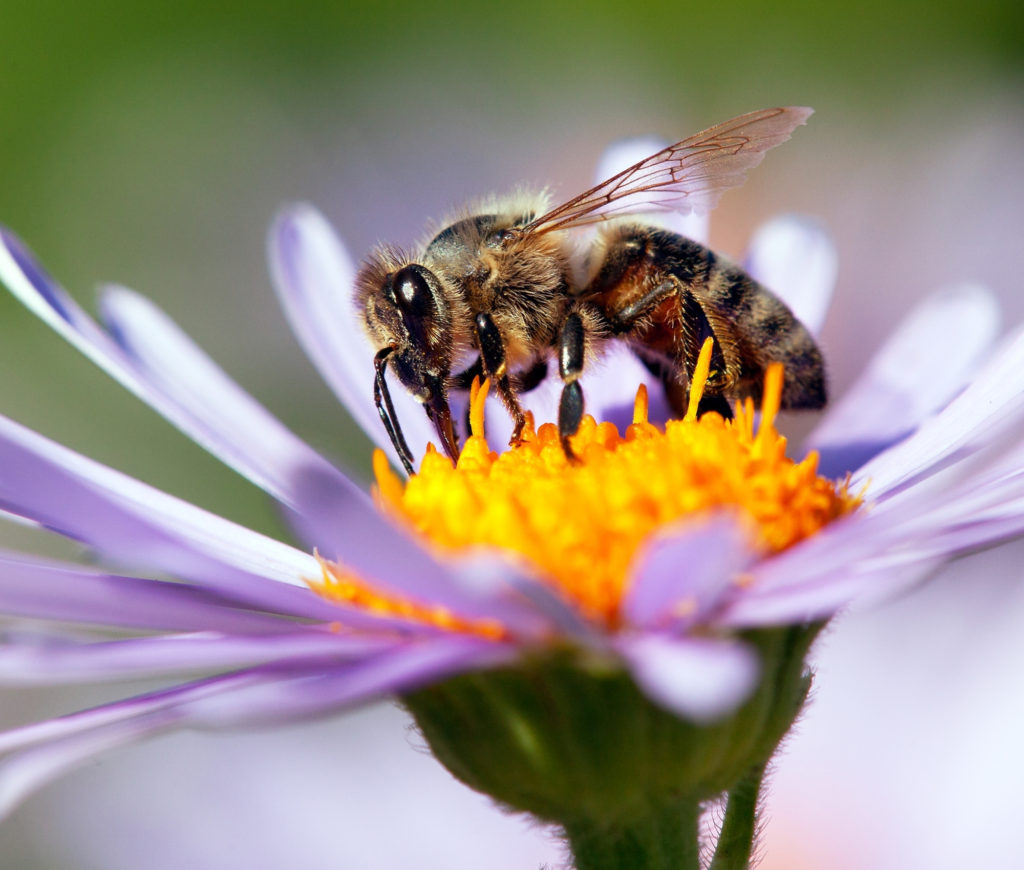
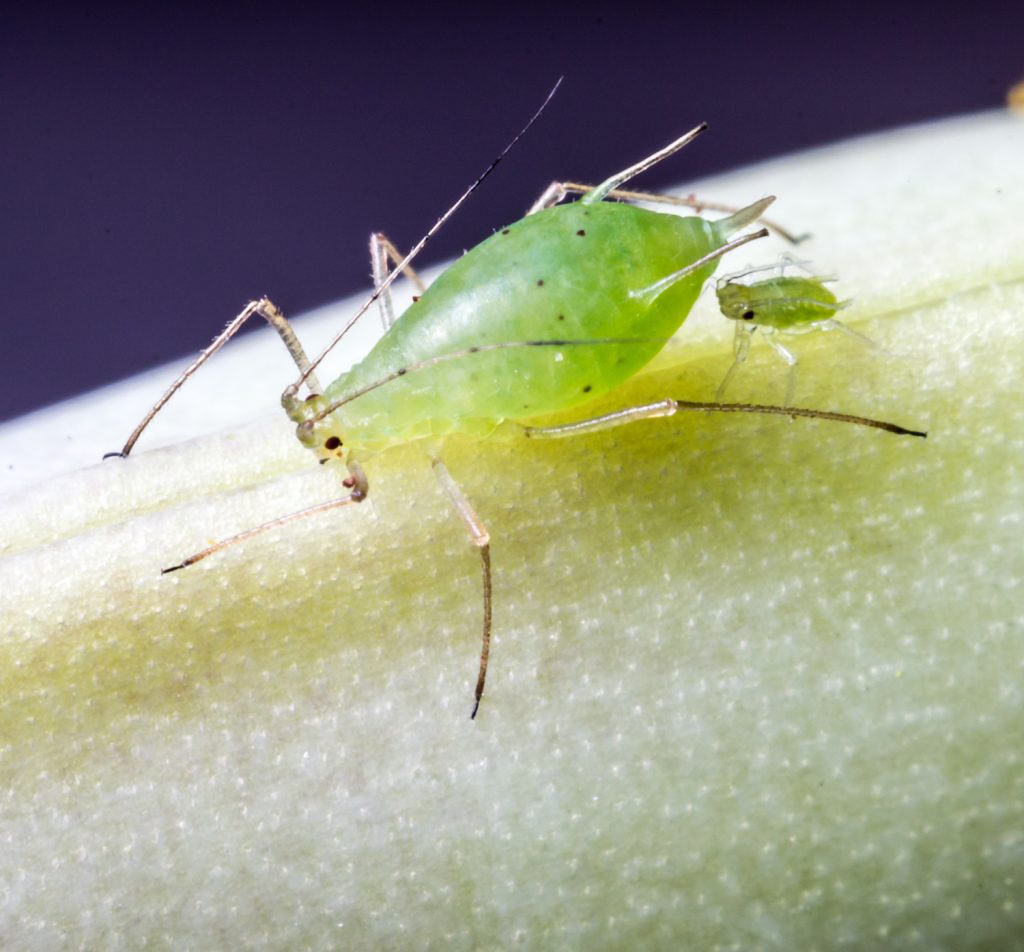
Some people mistakenly call all insects “bugs.” Bugs are the correct name for insects classified in Order _____.
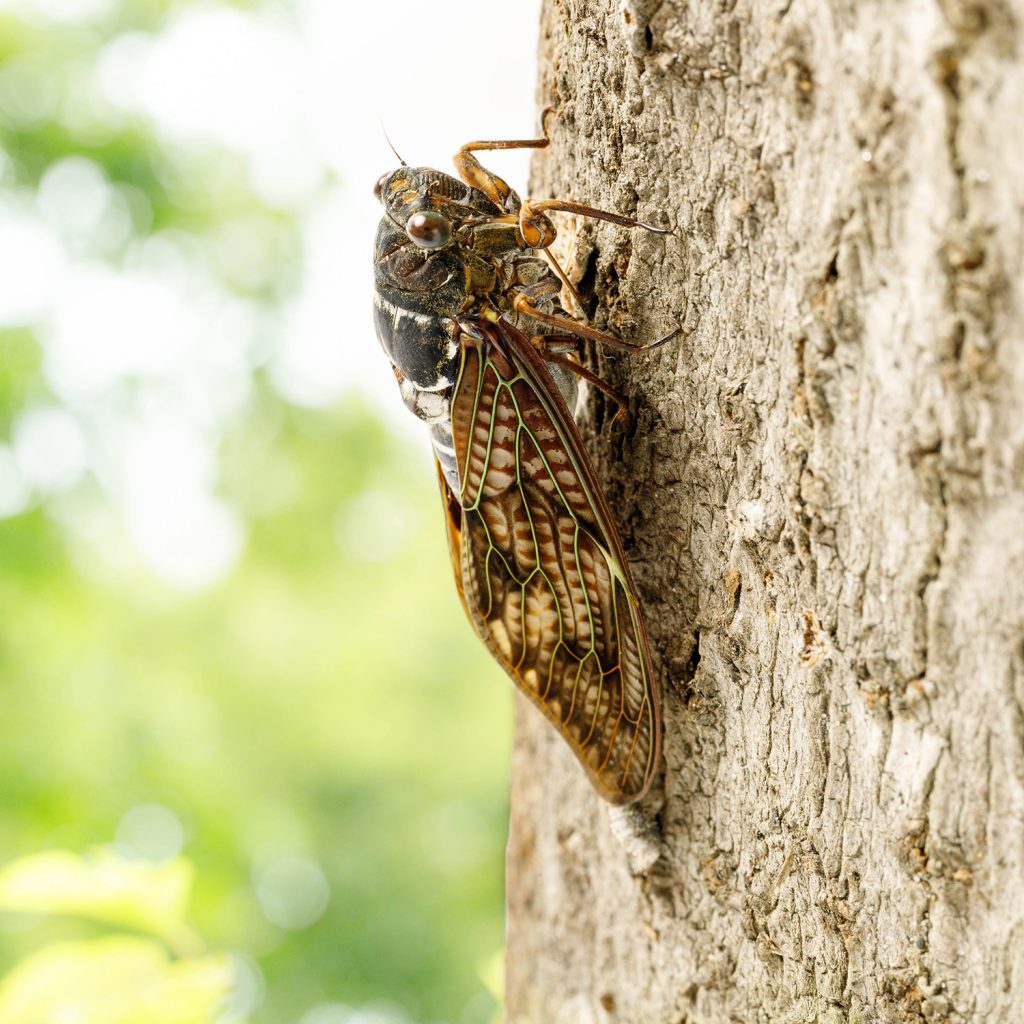
Roaches and crickets are often used as “feeder,” food raised to feed other animals, especially reptiles. This video shows a tank of breeding age insects and introduces their classification and characteristics.
Roach species vary in size, shape, and behaviors. These domino roaches are about as “cute” as can be, with strong social behaviors. These are juvenilles that have multiple molts ahead before they show thwie characteristic black and white patterning. Note the possible role of this coloration in the video.
These are the common “house crickets” that are a different species than the “tropical house crickets. They do not have the black bands. The makes are also more likely to fight, and sometimes chase each other.
The next section introduces characteristics and classification of reptiles.

Check your knowledge. Can you:
-
list insect characteristics, including the traits that set insects apart from other arthropod invertebrates?
-
provide examples of insects representing different Orders?
-
describe crickets and roaches, including their classification, life cycle, and characteristics?



